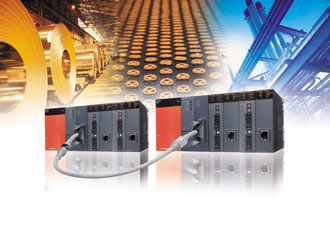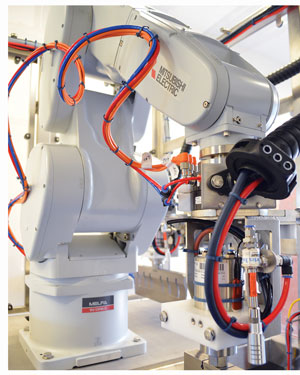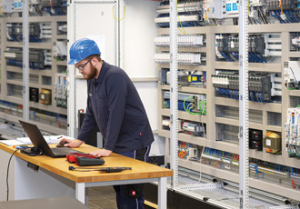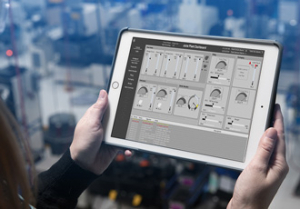System Integrators are the vanguard of new technology adoption

The definition of ‘system’ and ‘integration’ can have varied answers, and there are even more definitions of a ‘system integrator’: For example, when the client has explained what the goals of a project are, it is then up to the system integrator to translate those (usually function, price and performance) goals into a physical structure and a control platform. One that will not only deliver what the client is looking to achieve, but more often than not, also fit neatly into an existing control and management structure.
This definition also underlines why the role of the integrator is often at the crux of the adoption curve for new technology.
In order to deliver, the SI has to be aware of the very latest technology solutions, be that in terms of hardware: PLC, Servo, Sensors, HMI, and Robot technology or communication technology and software platforms. The aim is to be cost competitive from a build point of view, effective from a function point of view and provide easy, intuitive, reliable control for the manager and operator.
Most SIs have preferred technology vendors that allow them to achieve this; manufacturers they have worked with over the years that provide great products, but also crucially good technical support.
If an SI has been to a robot training session such as those regularly provided by Mitsubishi Electric for example and has seen, say, a clean room robot in action, or a collaborative robot example, they will be aware of the opportunities to use this technology.
They will usually take the lead role in explaining to the customer how the latest technology will benefit them. Adoption of the technology therefore comes down largely to the trust between the SI and the customer.
Sometimes buzzwords and high concepts are useful, they allow the SI to put a simpler label on what could be a complex technology and subsequently drive adoption. Being aware of concepts such as Industry 4.0 can make a client more receptive to a higher level of integration for systems for example. However, the main driver for introducing new technology such as a switch to using mobile devices for plant interaction, using a robot for palletisation, changing over from fieldbus to Ethernet networks, or using a PLC where before processes were not connected and fully synchronised for example, comes from awareness.
This is where the role of the manufacturer is vital - good education provision and an active, open channel of communication between the automation component vendor and the SI is essential in order to enable the filter-down of new technology from the vendor to the end user.
This may be better hardware integration solutions that save time in programming and actually reduce purchase costs such as adding safety management or robot control functionality as an option on a PLC, or, introducing a mobile app that allows you to control inverter drives and HMIs while on the move which benefits the end user with added convenience and faster response times.
The world is becoming increasingly digitised and the role of the SI will continue to be at the forefront of adoption in the industrial sphere.
Similar articles
More from Mitsubishi
- Want a robot but don’t know where to start? 11th June 2021
- A pizza challenge for Control Freaks 22nd April 2021
- Competitive factories need to leverage the power of data 15th April 2021
- Combining user-friendliness with high performance 16th March 2021




 technology at Jacobs Vehicle Systems.JPG)







Write a comment
No comments